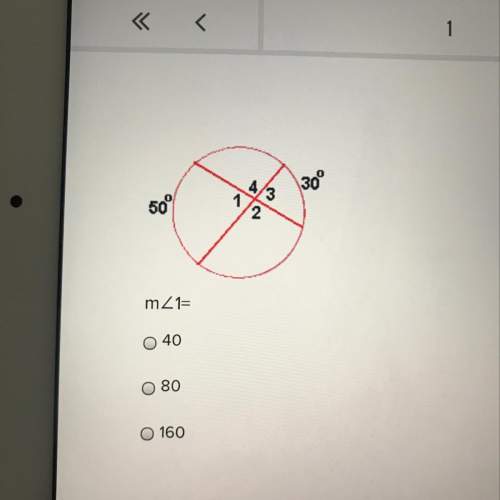
Mathematics, 12.05.2021 04:40 hailscooper7363
A tennis ball noticeably changes shape when it bounces on the ground. This
compression is evidence of elastic energy.
Assume that the mass of the ball is 0.057 kg. The spring constant of a tennis ball is
440 N/m, meaning that it takes 440 N of force to compress the ball by 1 meter (of
course a tennis ball is much smaller than 1 meter, but the proportion 4.4 N per 1
cm also works).
How much elastic energy is stored in the tennis ball when it is compressed by 0.03
m?
Bonus: assuming no energy is transferred into vibration, heat or sound (impossible,
but let's pretend to keep it simple) what speed would the ball have when it leaves
the ground? hint: assume all Eel turns into Ek.
(Someone please help me)

Answers: 1


Other questions on the subject: Mathematics

Mathematics, 21.06.2019 15:30, Reese7977
Adepartment store purchases screen-printed t-shirts at a cost of $5 per shirt. they mark up the price 150% (making the selling price 250% of the store's purchase price) and put them on the sales floor. every month that a t-shirt doesn't sell, the store reduces the selling price by 25%.
Answers: 3

Mathematics, 21.06.2019 18:00, brooke0713
Galen sold tickets of his church’s carnival for a total of $2,820. children’s tickets cost $3 each and adult tickets cost $5 each. the number of children’s tickets sold was 30 more than 3 times the number of adult tickets slod. how many children’s ticket and how many adult tickets did he sell?
Answers: 2

Mathematics, 21.06.2019 20:00, dathanboyd
Cody started biking to the park traveling 15 mph, after some time the bike got a flat so cody walked the rest of the way, traveling 4 mph. if the total trip to the park took 6 hours and it was 46 miles away, how long did cody travel at each speed? solve using rate times time= distance
Answers: 1

Mathematics, 21.06.2019 20:30, jmcd10
Create a question with this scenario you could ask that could be answered only by graphing or using logarithm. david estimated he had about 20 fish in his pond. a year later, there were about 1.5 times as many fish. the year after that, the number of fish increased by a factor of 1.5 again. the number of fish is modeled by f(x)=20(1.5)^x.
Answers: 1
You know the right answer?
A tennis ball noticeably changes shape when it bounces on the ground. This
compression is evidence...
Questions in other subjects:






Physics, 01.03.2021 19:30


Mathematics, 01.03.2021 19:30

Business, 01.03.2021 19:30




